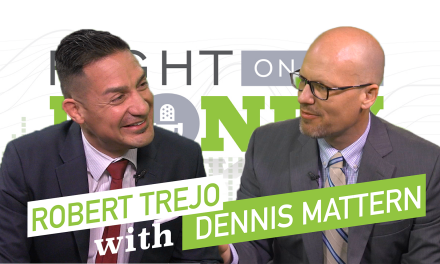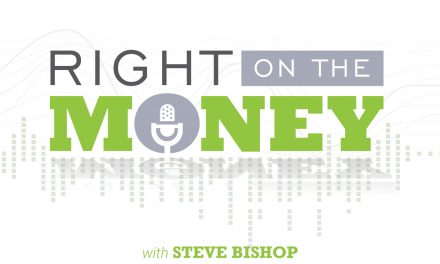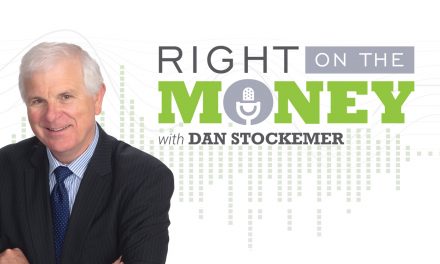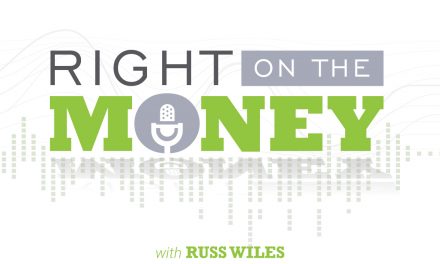Stable Interest Rates Does Not Equal Financial Stability
Although a same rate of interest can be friend or foe, depending on your situation, the sustained low interest rates of recent years are spelling increasing concern for retirees.
Just as a well-tailored black suit can be perceived as stylish to some, but mournful to others, a sustained low interest rate of say, 2% or less, can be an opportunity for some consumers or a dark cloud for others, with the latter especially troublesome for retirees.
An example is the high interest rates of the 1970s. With double-digit rates the norm, borrowers for home and auto loans were stuck with high payments, low absorption of equity and the domino effects on family budgets. Conversely, consumers with low or no debt, and often in retirement, had their pick of safe havens for cash and achieved excellent returns and the domino effect of compounding. Now compare that to recent years, where interest rates have hovered in the lowest of the low single digits, often near 1%. Auto loans of 0% are everywhere, and mortgages at 3% have made 15-year terms common, with the comparably fast equity build-ups and loan retirements.
But that other type of retirement – the one that was to be stress-free and filled with travel, leisure and grandkids – is becoming increasingly elusive for many consumers due to the very same cause – prolonged, low interest rates. Funds traditionally allocated to conservative investments such as CDs are experiencing minimal growth, and coupled with zero cost-of-living for Social Security benefits in the last six years, has resulted in stagnation and concern. Other indicators of low rates are the benchmark 10-year United States Treasury rate near 1.71%, and the 3, 5, and 10-year returns on indexed bond funds, all of which are diminishing.
Compounding the issue, the low rates are not expected to change, and may continue for 5 – 10 years. Additionally, Japan and Europeans were in same positions 10 years ago, and are now experiencing negative returns. While not as bad, some domestic one-year offerings at just more than 1% are nearly break-even after considering inflation and taxes on the gain. Watch the interview with retirement income certified professional and investment adviser representative Tripp LeFevre as he talks about interest rate risk.
By comparison, insurance companies offering certain annuities are one of the very few sources of guaranteed distributions. In response to market factors, innovative products provide participation gains in up cycles while protecting the principal in downturns. An additional annuity feature in the fixed-asset arena is that of tax deferral until withdrawal, while taxes are due on CDs in the year in which the gain is paid.
The growing popularity of annuities as a retirement component may best be viewed as part of a personal pension plan. While increasingly rare pensions sustained prior generations, allowing their accumulated nest eggs to grow separately, retirees and those now in the planning stages are looking towards annuities to provide what stagnant interest rates cannot – a measure of dependability.
Syndicated financial columnist Steve Savant interviews retirement income certified professional and investment adviser representative Tripp LeFerve on Navigating Risks in Retirement. Right on the Money is a weekly financial talk show for consumers, distributed as video press releases to 280 media outlets and social media networks nationwide.





